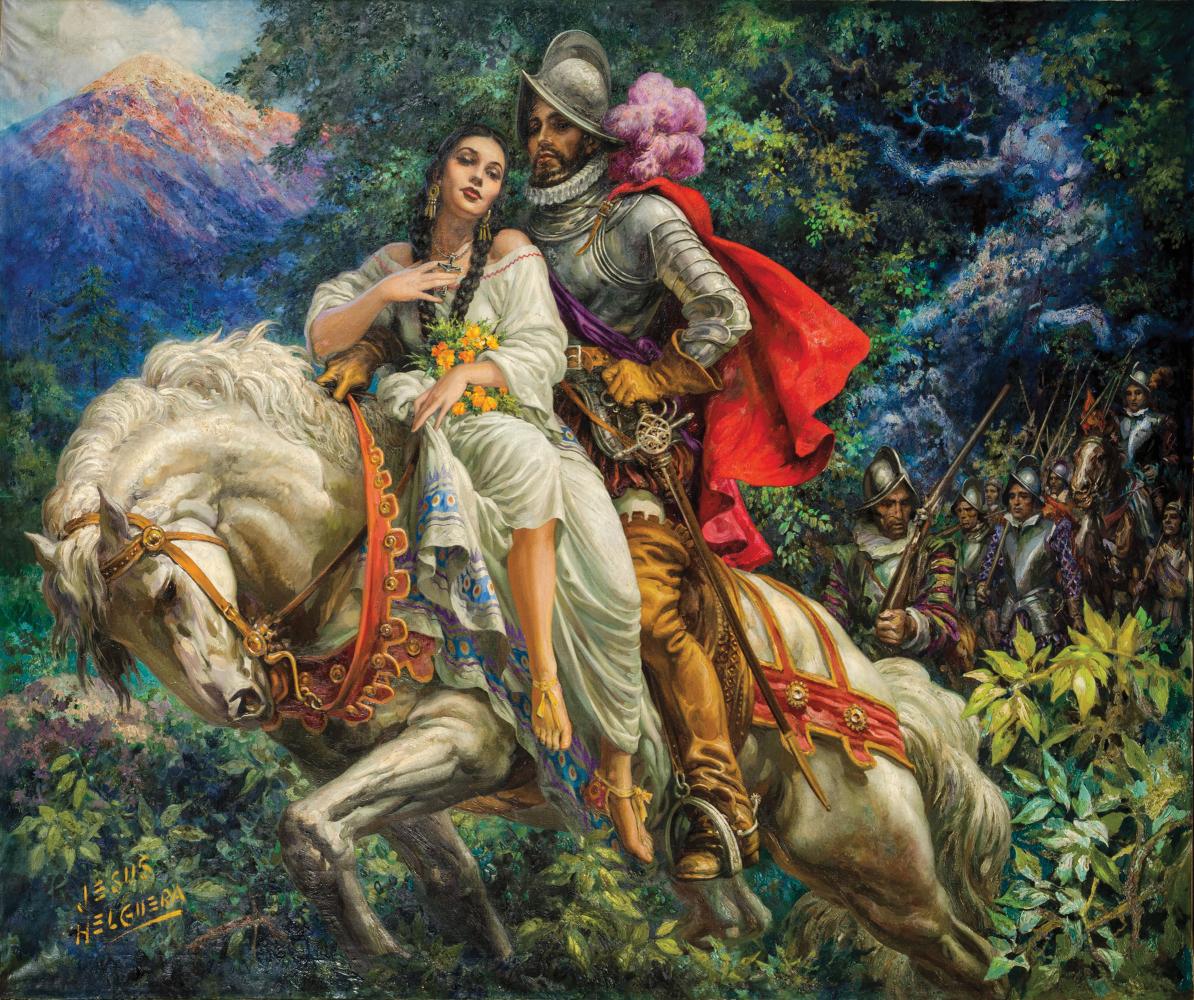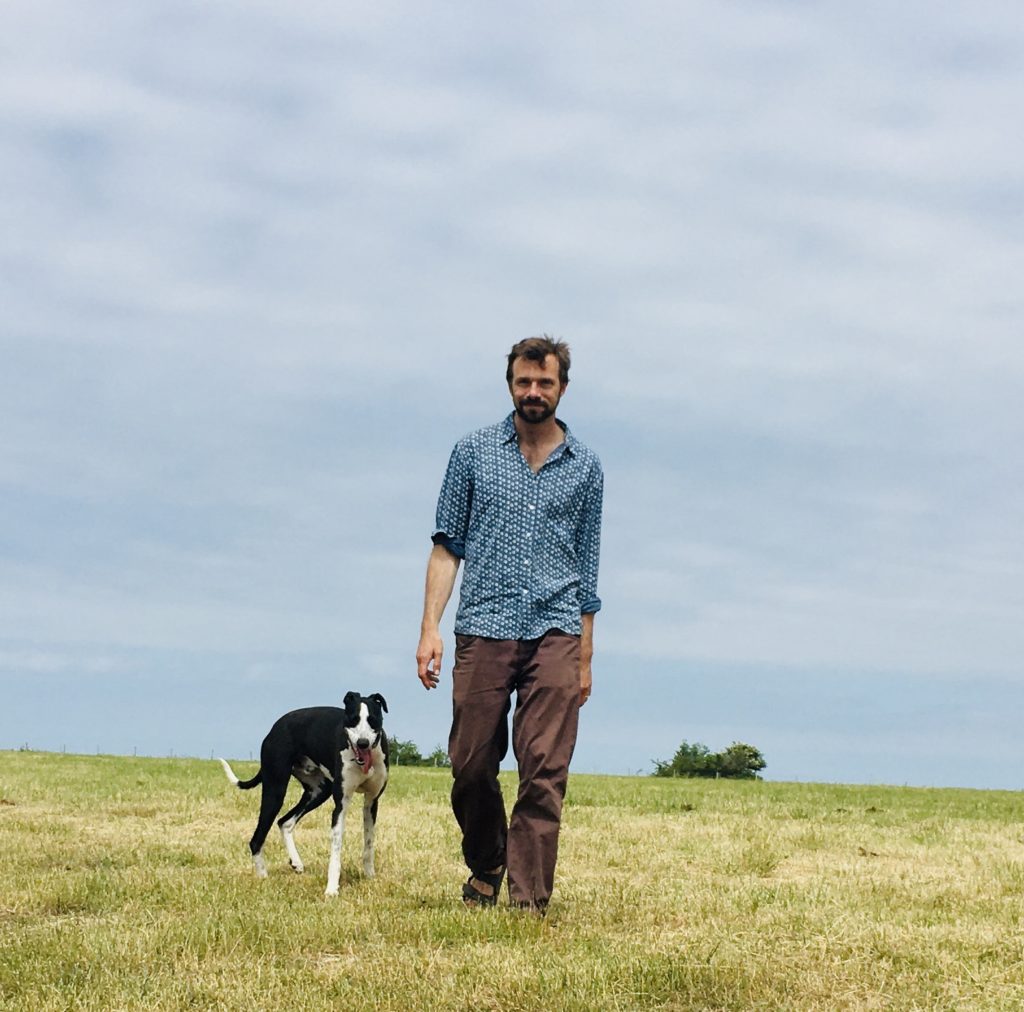ROMILLY JUDGE-HODKINSON meets travel writer Nick Hunt, and reviews his recent novel, Red Smoking Mirror.
‘It comes inching through the cracks, grain by grain, gaining ground. One could not yet call it light. It is the dream of light. It seeps, spreads, consolidates, the blackness bleeding into blue.’

In attendance at Daunt Books Hampstead, I had the privilege of delving into the intricacies of Nick Hunt’s illusively named Red Smoking Mirror. He had much to say on the process of writing and navigating the jump from travel writer to alternate history novelist. Hunt’s new book unfolds as a carefully woven tapestry, blending real historical people and events together with a careful exploration of cooperation and power.
In Red Smoking Mirror, Hunt reimagines a history wherein it was not Columbus, but the Muslim Moors, who arrived in Meso-America and encountered the Mexica. This departure from historical fact serves as a canvas for the author’s examination of contact between these cultures had they existed in the same space; Hunt is clear to state that although some features of the story are based on real people and places, the text is ultimately a work of fantasy.

Through the eyes of the narrator, Eli Ben Abram, the novel explores alienation of the foreigner: even after 20 years of assimilation, the nuances of native humour elude him, so he relies upon his wife to translate encounters. Yet he also finds common ground with the emperor in games of backgammon, bridging the wide gap between their differences. His wife, based on the remarkable indigenous figure La Malinche, is a freed slave who leverages her unique status to navigate power dynamics and cultivate her own position between the two worlds.
In the novel, images are repeated, becoming poignant motifs recurring with a deliberate cadence, shifting in their form and feeling. The smoking mountain, the ants nest, the polished smoking mirror of obsidian… all these build up a resonance of repetition which contribute to the lasting feeling of the story.

Initially, I was uneasy with the narrative: Hunt writes from the perspective of a Jewish merchant from Al-Andalus, a broad region of Islamic states in the Iberian peninsula from 711 to 1492. Such an undertaking could easily devolve into cheap imitation when executed by an outsider, a non-native to a culture in question. Hunt, however, demonstrates well his position of respect and admiration, drawing from an extensive body of cultural knowledge to present a window into these civilizations 500 years ago. When speaking about the research behind the novel, he encouraged the audience to read Miguel León-Portilla’s The Broken Spears, a book which incorporates accounts of Spanish conquest in the translated words of contemporary Mexica people. The epilogue of Red Smoking Mirror also lists a large range of influences — accounts of Spanish conquistadors, histories, fairy tales, and even the paintings of Diego Rivera. By paying attention to the often-overshadowed Mexica voices amid more dominant narratives, Hunt demonstrates his commitment to constructing a balanced and informed alternate history.
Through the eyes of Eli, a first settler, Hunt is able to explore the intricacies and nuance of the cultural outsider, desperate to belong and naïve to the implications of his presence. In the epilogue, Hunt acknowledges the difficulty in depicting Mexica religion and culture: a short novel cannot do justice to its complexity and wholeness. I think he navigates this well, not attempting to present the wholeness of civilisations or pretend that it would be possible. Instead, Mexican culture is perceived through the protagonist who is foreign to it, making the novel a delicate and respectful representation.
Hunt’s extensive travels become evident not in conventional tales of bravado, but rather, in his thoughtful reflections on his own experience writing. During the talk at Daunt Books, the author shared accounts of his encounters with the unexpected when creating fiction, explaining how the story would often take on its own direction. Yet when he found that his work was getting out of control, he would think back to the advice of Ursula K. Le Guin: ‘write what you know’. This becomes apparent in the novel, so grounded in characters who are ‘knowable’ in their efforts to steer their own path. Perhaps it is Hunt’s extensive experience with the unpredictable as a traveller that makes him so skilled at navigating the labyrinth of telling a compelling story.
Featured image source: The Dark Mountain Project.





